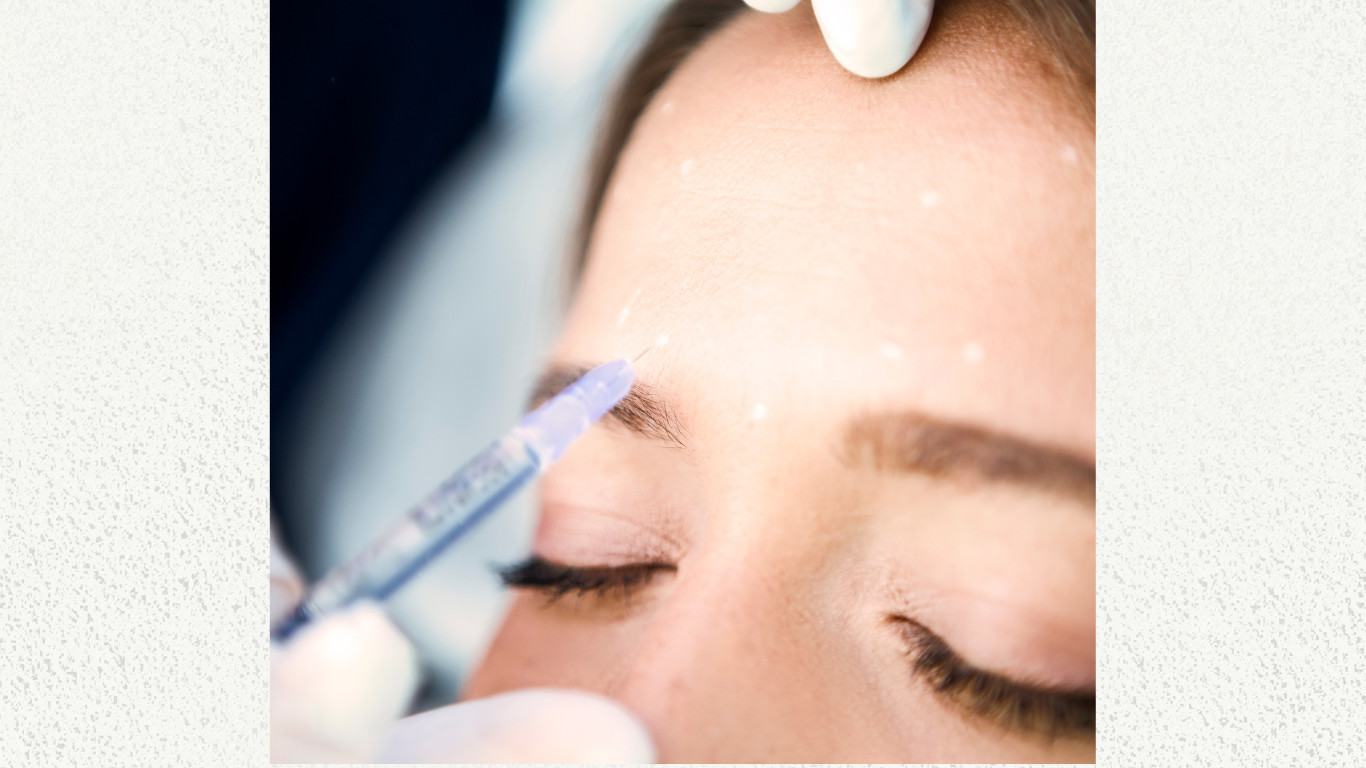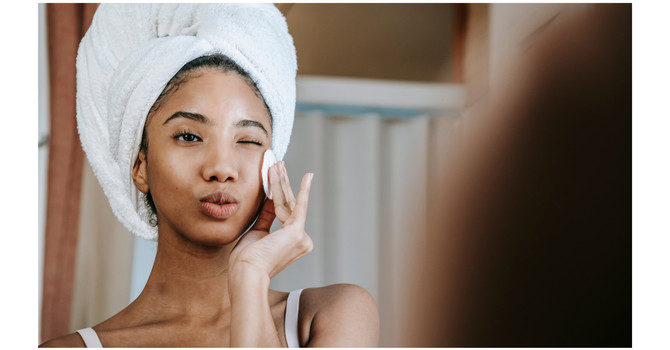
Botox has become a household name in the world of aesthetic treatments, but there's a lot more to it than just a wrinkle-smoother. It’s a versatile treatment that not only addresses cosmetic concerns but also has medical applications. In this blog post, we’ll dive into the truths about Botox—how it works, how long it lasts, when to start, and its uses beyond aesthetics.
How Does Botox Work?
Botox (botulinum toxin) works by temporarily relaxing muscles that cause wrinkles and fine lines. It blocks the nerve signals to the muscles, reducing their activity and preventing them from contracting. This relaxation smooths out the appearance of dynamic wrinkles—the ones that form when you smile, frown, or squint. Common treatment areas include the forehead, between the eyebrows (glabella lines), and around the eyes (crow’s feet).
How Long Does Botox Last?
The effects of Botox typically last between 3 to 4 months, depending on the individual and the area being treated. Factors like metabolism, lifestyle, and how expressive your facial muscles are can influence how long the results last. As the treatment wears off, muscle activity gradually returns, and the wrinkles may start to reappear, although they can often seem less severe over time if Botox is used regularly.
How Often Should You Get Botox?
To maintain a smooth, youthful appearance, most people schedule Botox treatments about every 3 to 4 months.
At What Age Should You Start Botox?
One of the biggest misconceptions is that Botox is only for people who already have wrinkles. In fact, Botox is often used as a preventative treatment for younger people in their late 20s or early 30s. Starting early can help slow the development of deep lines and wrinkles by preventing the repetitive muscle movements that cause them. This doesn’t mean everyone in their 20s needs Botox, but for those who notice early signs of dynamic lines, it can be a great preventative option.
For those in their 40s or 50s, Botox can still be highly effective in smoothing out existing lines and preventing further deepening of wrinkles.
Botox Is Actually Preventative
Botox is often called a "wrinkle eraser," but it’s also a powerful preventative measure. By reducing repetitive muscle movements that cause lines to form, it prevents deeper wrinkles from developing. Regular Botox treatments can help maintain a youthful appearance, especially in areas prone to wrinkles, like the forehead and around the eyes. The idea is that it’s easier to prevent wrinkles from forming in the first place than to treat them once they’ve become deeply etched in the skin.
Beyond Wrinkles: Medical Uses for Botox
Botox isn't just for aesthetic purposes—it has several FDA-approved medical uses for both adults and children, making it a versatile treatment.
-
Chronic Migraine
Botox is approved for the treatment of chronic migraines in adults who experience headaches 15 or more days a month. It’s injected into specific areas around the head and neck to reduce the frequency and severity of migraines. -
Excessive Sweating (Hyperhidrosis)
People who suffer from excessive underarm sweating (hyperhidrosis) can find relief with Botox. It works by blocking the nerves responsible for activating the sweat glands, providing long-lasting dryness. -
Overactive Bladder
For those with an overactive bladder, Botox can help reduce incontinence by relaxing the bladder muscles. This treatment is particularly beneficial for people who don’t respond to other medications. -
Cervical Dystonia
Botox is approved for treating cervical dystonia, a condition that causes severe neck muscle spasms. By relaxing the affected muscles, Botox helps reduce pain and discomfort. -
Strabismus (Crossed Eyes) in Children
In certain cases, Botox is used to treat strabismus (crossed eyes) in children and adults. It works by weakening specific eye muscles, helping the eyes align properly. -
Spasticity
Botox is approved to treat upper limb spasticity in adults and children aged 2 and older. It helps manage muscle stiffness and tightness caused by conditions like cerebral palsy or multiple sclerosis.
Botox: More Than a Wrinkle Treatment
Whether you’re considering Botox for aesthetic reasons or exploring its medical uses, it’s clear that Botox is more than just a cosmetic solution. It’s a preventative treatment for aging, a wrinkle smoother, and a trusted option for several medical conditions.
If you’re unsure if Botox is right for you, it’s best to consult with a licensed professional to discuss your goals and any medical conditions that may benefit from this treatment. At PureSKIN & Wellness, we offer personalized consultations to ensure you’re getting the treatment plan that suits your needs and helps you feel your best.
Authored by Meleah Johnston, RN, BSN, NP-C, MSN; guided by expert-backed resources to ensure clarity and value.

Meleah Johnston
Contact Me
.jpg)

